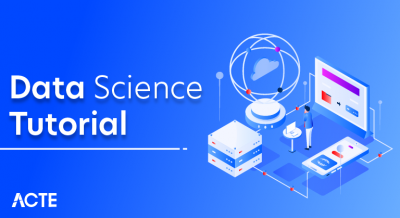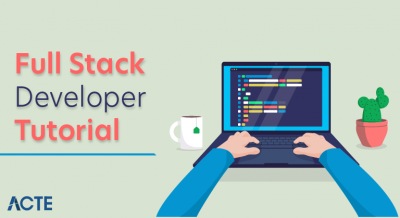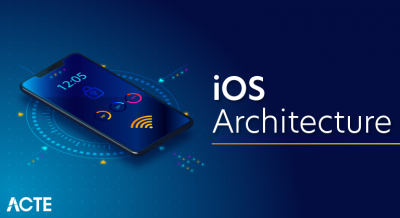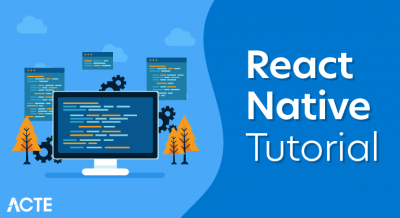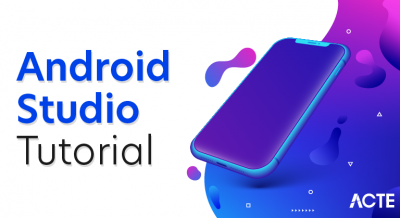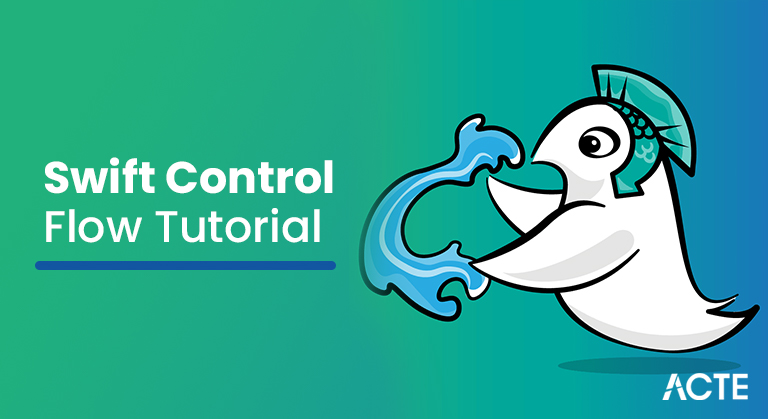
- Swift Introduction
- Swift Features
- Swift History
- Requirements of Learning the Swift Tutorial
- Outline of Swift
- What is Xcode?
- Control Flow
- Loops
- Jump statements of Swift
- Proceed and marked statements
- Switch statements
- Challenges
- Key points
- Conclusion
- Swift is Open Source
- Swift is much strong, Swifter yet more secure
- It Supports Dynamic Library
- It gives intelligent Playgrounds and REPL in Xcode
- It is Objective-C Interoperable
- The programming qualities are contemporary.
- It gives the C and Objective-C language structure.
- It’s not difficult to peruse and understand its code.
- It gives an extraordinary way to IOS and OS X applications to be coded.
- It uses more secure examples of programming.
- Swift has a jungle gym work in which Swift developers can compose and execute their code to promptly see results.
- Swift supplies its own rendition, including Int for whole numbers, Double and Float for drifting places, Bool for Boolean qualities and String for text data, for all fundamental C and Objective-C sort. As illustrated in Collection Types, Swift additionally offers solid variants of three significant sorts of assortments, Array, Set, and Dictionary.
- Like C, Swift uses the saving factors and alludes to the qualities by the name. Swift likewise utilizes variable qualities that can’t be adjusted widely. Constants in all of Swift are utilized to make code that is more secure and more clear when working with values that need not be changed. Notwithstanding recognizable sorts, Swift presents refined ones, for example, tuples, which are not found in Objective C. Tuples permit you to set up gatherings of qualities and pass them around. Utilize a tuple to return a few qualities as a solitary compound worth from a capacity.
- Swiftstub.com
- Runswiftlang.com
- Iswift.org
- First Swift Program
- importCocoa
- var str =”Hello World!”
- println(str)
- At the point when the previously mentioned program is stacked, the following result ought to be displayed in the Playground Results Area.
- Hi World!
- Congrats, you have arranged your Swift setting for programming.
- On the off chance that Statement
- Switch explanation
- Loops
- Decision making in Swift
- Language structure
- if boolean_expression {
- /* statement(s) will execute assuming the boolean articulation is valid */
- }
- import Cocoa
- var a1:Int=100;
- in the event that a1 >50{
- /* on the off chance that the condition is valid, print */
- println(“1st Variable is more noteworthy than 50”);
- }
- println(“The worth of variable is \(a1)”)
- for list in var {
- statement(s)
- }
- Model
- This repeats through a scope of numbers in the underneath model, the loop file variable I is given each time through the loop, by the following number inside the reach:
- for I in 3…6{
- print(i)
- }
- Model
- var value= 8
- do{
- esteem = value+1
- if(value==10){
- proceed
- }
- println(“Value is \(value)”)
- }whilevalue< 12
- Model
- var esteem = 8
- do{
- esteem = value+1
- if(value==10){
- break
- }
- println(“Value is \(value)”)
- }whilevalue<12
- total = 0
- for line in 0..<8 {
- if line % 2 == 0 {
- proceed
- }
- for section in 0..<8 {
- aggregate += line * section
- }
- }
- switch organizes {
- case (0, 0, 0)://1
- print(“Origin”)
- case (_, 0, 0)://2
- print(“On the x-hub.”)
- case (0, _, 0)://3
- print(“On the y-hub.”)
- case (0, 0, _)://4
- print(“On the z-hub.”)
- default://5
- print(“Somewhere in space”)
- }
- Matches exactly the situation where the worth is (0, 0, 0). This is the beginning of 3D space.
- Matches y=0, z=0 and any worth of x. This implies the direction is on the x-hub.
- Matches x=0, z=0 and any worth of y. This implies the direction is on the y-hub.
- Matches x=0, y=0 and any worth of z. This implies the direction is on the z-hub.
- Matches the rest of directions.
- var aggregate = 0
- for I in 0…5 {
- aggregate += I
- }
- string aLotOfAs.
- var aLotOfAs = “”
- while aLotOfAs.count < 10 {
- aLotOfAs += “a”
- }
- switch facilitates {
- case let (x, y, z) where x == y && y == z:
- print(“x = y = z”)
- case (_, _, 0):
- print(“On the x/y plane”)
- case (_, 0, _):
- print(“On the x/z plane”)
- case (0, _, _):
- print(“On the y/z plane”)
- default:
- print(“Nothing unique”)
- }
- You can utilize countable reaches to make an arrangement of numbers, increasing to move starting with one worth then onto the next.
- Shut reaches incorporate both the beginning and end esteems.
- Half-open reaches incorporate the beginning worth and stop one preceding the end esteem.
- For Loops permit you to emphasize over a reach.
- The proceed with statement allows you to complete the current emphasis of a loop and start the following cycle.
- Marked statements let you use break and forge ahead an external loop.
- You use change statements to conclude which code to run contingent upon the worth of a variable or steady.
- The force of a switch explanation comes from utilizing design matching to think about qualities utilizing complex principles.
Swift Introduction
Swift is a broadly useful, multi-worldview, article and convention arranged programming language created by Apple Inc. It upholds the current center ideas of Objective C like multi-stringing, discretionary anchoring, late restricting with added new elements like programmed memory the board, conventions and presented the convention situated programming. It is open source programming language produced for iOS, macOS, watchOS and tvOS. Swift is a strong yet exceptionally simple to master programming language. Swift sentence structure are extremely succinct and expressive.
Swift Features
Swift History
Swift 1 :-
In October, 2014 Apple declared the Swift 1.0 as the new programming language for iOS and macOS application improvement. Swift is being advanced as a cutting edge, protected, Swift, and intuitive programming language.
Swift 2:-
In September, 2015 Apple declared the Swift 2.0 as the updated form of Swift at WWDC Conference alongside Xcode 8 editorial manager.
Swift 3:-
In September 2016, Apple reported the Swift 3.0 with some significant code changes remembering upgrade for OOP Concept and so forth
Swift 4:-
In September 2017, Apple declared the Swift 4.0 with a few center information type upgrade in strings, addendum, and so on
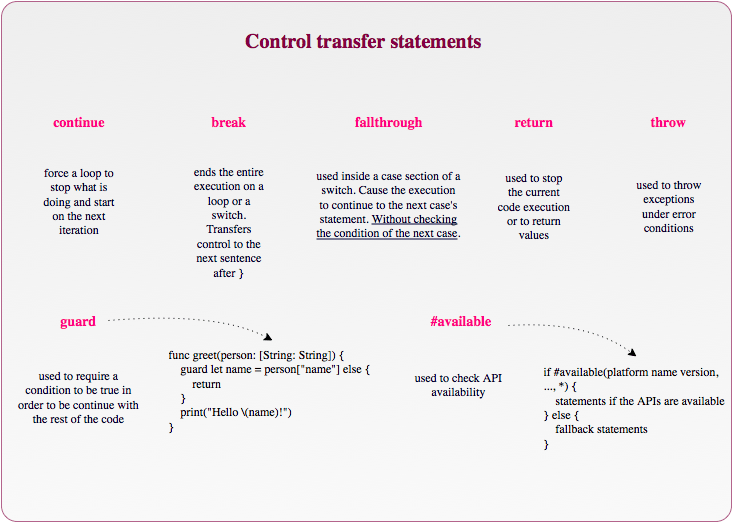
Requirements of Learning the Swift Tutorial
Of the relative multitude of essentials that IT experts need to learn Swift, there is just one significant instrument you want to know, Xcode. Indeed, you will require essentially the form 6 to start learning Swift. With Xcode form 6, you will actually want to utilize Swift; also, this variant is free for download through the App Store.
Who can profit from this tutorial?
Since Swift is basically founded on iOS stages, IT experts who are either trying or experienced iOS designers will profit from learning Swift. This Swift tutorial will assist them with dominating this new however arising programming language to additional their professions across all iOS stages.
Outline of Swift
Swift is another iOS, macOS, watchOS and tvOS programming language for fostering an application. Many areas of Swift are familiar with your C and Objective-C advancement experience. Swift’s first distribution was sent off in 2010. It required almost 14 years for Chris Lattner to think of the main authority adaptation, and numerous different donors embraced it later. In Xcode 6 beta, Swift 4 was incorporated. Things from other normal dialects like Objective-C, Rust, Haskell, Ruby, PYTHON, C #, and CLU have been embraced by Swift engineers. Swift mixes the best insight of the more extensive Apple designing society with present day language thinking. The compiler is execution advanced and the language is created without compromise.
What is Xcode?
Apple’s essential application composing climate is Xcode, which includes an IOS or Mac OS running code supervisor, debugger, project chief, and toolchain.
Swift Characteristics
Online Swift compilers
Developers can likewise use a web-based compiler for composing, incorporating, and executing Swift code. It gives certainty and the opportunity to compose code without introducing compilers on your neighborhood computers.
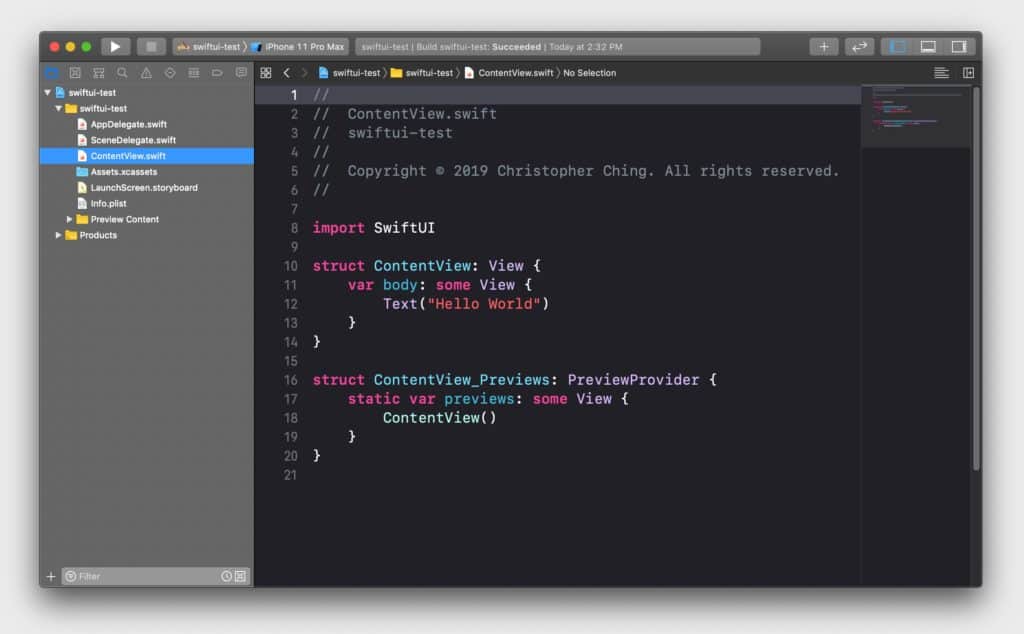
Control Flow
The software engineer needs various evaluation conditions for the program in this kind of affirmation. The declaration(s) is performed assuming the circumstance is valid and, in the event that it isn’t right, an elective revelation or set of statements is performed.
If Statement: The first and most successive language in all writing computer programs is IF It directs the program stream by permitting the client. This contingent presentation possibly works in the event that the condition is valid.
Model
If … else Statement: If articulation, a discretionary different assertions will follow that executes assuming the Boolean articulation is bogus.
Else if Statement: An in the event that assertion can be trailed by a discretionary else if…else statement, which is exceptionally valuable to test different conditions utilizing a solitary if…else if explanation.
Switch Statement: Another sort of a contingent assertion, the switch statement, can be utilized to manage the progression of your code. Here an alternate case or square is executed. As the case esteem matches the square of the assertion following the case gets executed.
Loops
Looping, otherwise called cycle is utilized to rehash a specific square/segment of code(s) in a program. This diminishes the obligations of more than once composing exactly the same thing. This is a flowchart that shows how loop explanations work:
The for-in loop: The for-condition-increase loop is practically equivalent to the ‘for’ loop in C. The loop contains an introduction stage, a test, an expansion and a bunch of statements that are done for each loop cycle.
Linguistic structure
The while loop: In the while loop, the condition is tried preceding the body of the loop and provided that the condition is right the strategy is performed.
Repeat while loop: The end condition toward the finish of the loop is tried by rehashed Loops rather than toward the start. This suggests that the assertions are made once in the body of the loop. Proceeds with loop execution occurs until the condition assesses to false.The stream outline is as per the following:
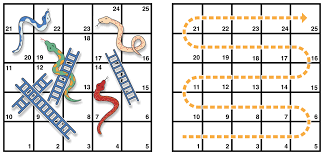
Jump statements of Swift
The Continue statement: In Swift’s proceeding with explanation, the loop is told to stop how is being treated beginning through the loop again toward the beginning of the following cycle.
The Break statement: The presentation of break is utilized inside a circuit. The loop is done Swiftly and the program control resumes after the loop at the following revelation.
Proceed and marked statements
Some of the time you might want to avoid a loop cycle for a specific case without breaking unaware of what’s going on completely. You can do this with the proceed with statement, which Swiftly closes the current cycle of the loop and starts the following emphasis.
Smaller than usual activities
Make a consistent named reach, and set it equivalent to a reach beginning at 1 and finishing with 10 comprehensive. Compose a for loop that emphasizes over this reach and prints the square of each number.
Compose a for loop to emphasize over a similar reach as in the activity above and print the square base of each number. You’ll have to type convert your loop steady. Above, you saw a for loop that iterated over just the even columns like so:
Change this to involve a where proviso on the first for loop to avoid even columns as opposed to utilizing proceed. Make sure that the aggregate is 448, as in the underlying model.
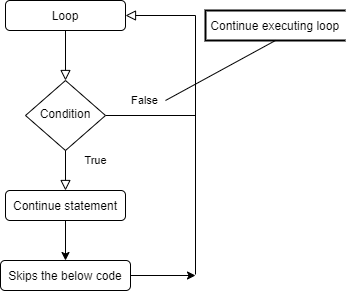
Switch statements
You can likewise control stream by means of the switch explanation. It executes different code contingent upon the worth of a variable or consistent. Here is a switch explanation that follows up on a whole number:
Halfway coordinating
One more way you can utilize switch statements with matching to incredible impact is as per the following:
let facilitates = (x: 3, y: 2, z: 5)This switch explanation utilizes incomplete coordinating. This is what each case does, all together:
Progressed switch statements
You can likewise give your switch statements more than one case. In the past section, you saw an assuming explanation that utilized various else provisos to change an hour of the day over to a string portraying that piece of the day. You could revamp that all the more concisely with a switch statement, as so:
Challenges
Prior to continuing on, here are a few difficulties to test your insight into cutting edge control stream. It is ideal to attempt to settle them yourself, yet arrangements are accessible assuming that you stall out. These accompanied the download or are accessible at the printed book’s source code interface recorded in the presentation.
Challenge 1: what number times
In the accompanying for loop, what will be the worth of total, and what number of emphasess will occur?
Challenge 2: Count the letter
In the while loop underneath, what number of occurrences of “a” will there be in aLotOfAs? Hint: aLotOfAs.count lets you know the number of characters are in the:
Challenge 3: What will print
Think about the accompanying switch articulation:
Challenge 4: Closed reach size
A shut reach can never be vacant. Why?
Challenge 5: The last commencement
Print a commencement from 10 to 0. (Note: don’t utilize the turned around() strategy, which will be presented later.)
Challenge 6: Print a grouping
Print 0.0, 0.1, 0.2, 0.3, 0.4, 0.5, 0.6, 0.7, 0.8, 0.9, 1.0. (Note: don’t utilize the stride(from:by:to:) work, which will be presented later.)
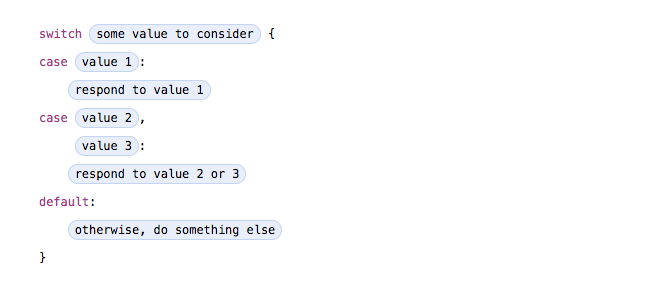
Key points
Conclusion:
This module assisted us in understanding control with streaming in Swift. This stream is required at whatever point we need to take any choice. Dynamic components permit the developer to characterize at least one conditions to be checked or tried by the program, along with an assertion or statements to be executed assuming the not set in stone to be valid, and alternatively, different explanations to be executed on the off chance that the condition is viewed as bogus.


